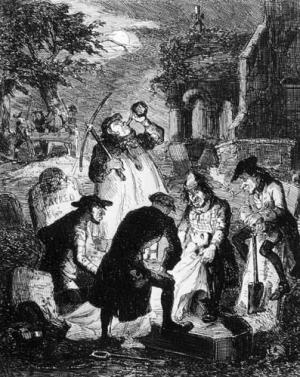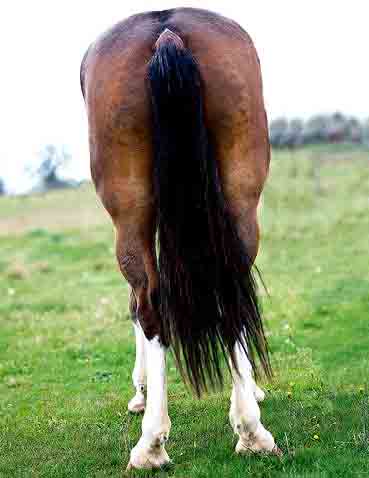[Source: Emily Gersema, azcentral.com]
More Arizonans than last year are expected to travel this holiday weekend, and Phoenix Sky Harbor International Airport hopes to cash in on those who fly by offering a parking discount.
Even though fuel prices are slightly higher this year compared with last year, AAA Arizona predicts that 665,541 residents will drive 50 miles or more this Labor Day weekend, nearly 12 percent more people traveling by car than last year.
The company also projects that 40,561 people will fly this holiday – a nearly 6 percent increase from last year.
Michelle Donati of AAA Arizona said travelers will fly or drive an average of 845 miles round-trip – a longer trip than the national average of 635 miles.
And most travelers fleeing the state for the weekend are either going solo or in pairs, based on the IHS Global Insight survey for AAA Arizona.
Few Arizona travelers compared with those in other states turn Labor Day weekend into a family vacation.
“It’s not really average for this area, mostly because school has already started in Arizona,” Donati said.
Students in other states often begin school at the start of September, allowing families to plan their vacations late in the summer break.

But Arizona families who do travel are encouraged to consider a weekend at one of the 23 state parks, said Ellen Bilbrey, a spokeswoman for the Arizona State Parks.
Campsites near rivers or lakes will fill up quickly this weekend. At Lake Havasu, about 500 boats a day may launch, she said.
She said campers who begin their holiday early will nab the best spots. By Thursday, the $50-a-night cabins at Lyman Lake in eastern Arizona will have been booked, and dozens of campers will have pitched tents in campsites near Flagstaff, Payson and Prescott. Despite the projected increase in travelers this year, the AAA Arizona survey results indicate the economy’s health is a looming concern.
Arizonans are on a tighter budget than travelers from other states. AAA Arizona expects they’ll spend about $348 per trip, about 50 percent less than the national average of $697.
Phoenix Sky Harbor is offering a deal on parking to appeal to price-conscious travelers.
A parking coupon that travelers can download and print from the skyharbor.com website ensures motorists who park at the airport during their holiday can come back and get a 40 percent discount on the $25 daily parking rate, lowering the cost to $15.
Republic reporter Salvador Rodriguez contributed to this article.




You must be logged in to post a comment.